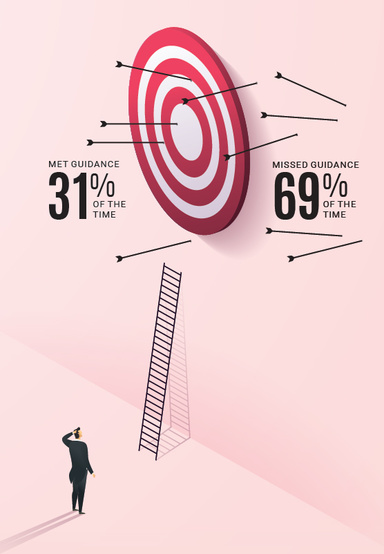Financial officers expect to continue issuing quarterly earnings guidance to analysts and investors despite risks and the criticism that it encourages short-term thinking from managers, according to a recent study from the UI Department of Accounting.
The survey also found that many of them seriously overestimate their ability to issue accurate earnings guidance.
Paul Hribar, the Henry B. Tippie Excellence Chair in Accounting and professor of accounting at the Tippie College of Business, was part of a team of researchers that surveyed 357 financial officers at publicly traded companies and discovered:

- Managers plan to continue issuing earnings forecasts because analysts and investors dislike surprises, and guidance provides an effective channel to manage expectations. It also allows for more open discussion with analysts and investors.
- Managers acknowledge the potential consequences of missing guidance, including reduced credibility of future guidance, stock price declines, and increased scrutiny from sell-side analysts and company boards. But they said the only thing that would stop them from issuing guidance is economic uncertainty. Hribar said such reluctance to quit the practice of issuing guidance suggests that managers either lack an off-ramp for doing so or believe that guidance has become too important to forego.
- Managers typically issue lower earnings guidance than they privately expect so that they have leeway for unexpected downturns and because it encourages sell-side analysts to issue beatable forecasts.
- Managers did not believe pressure to focus on short-term results informs their own guidance, but many believe that it does influence managers at other firms.
- Managers overestimate their ability at providing accurate earnings guidance. Ninety percent of respondents said they are at least 70 percent confident that their reported results will meet their guidance. However, when researchers compared these figures to historical guidance outcomes, the firms represented in the sample met their initial guidance only 31 percent of the time.
This article appeared in the 2023 issue of Iowa Ledger.
